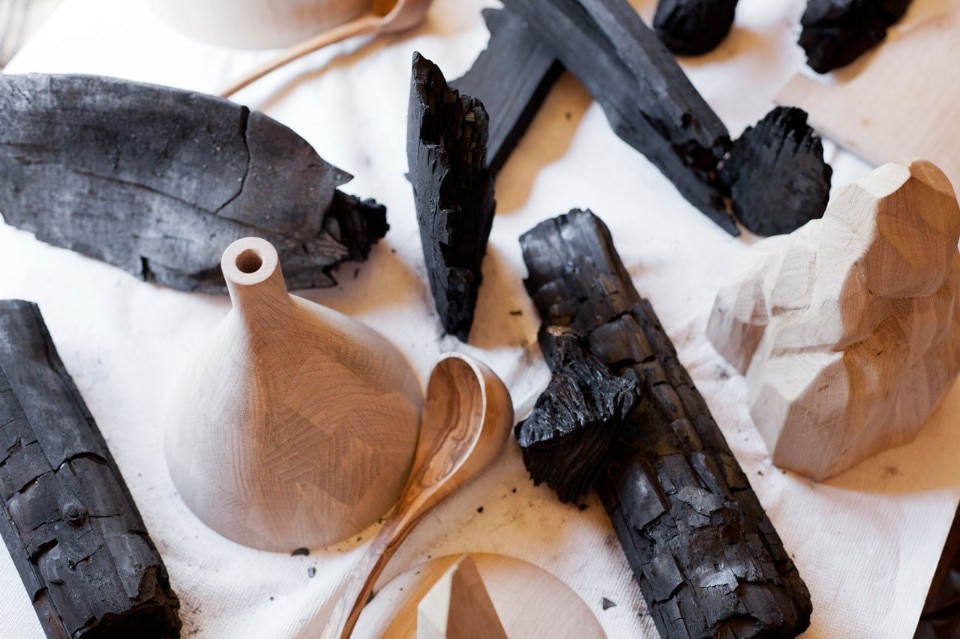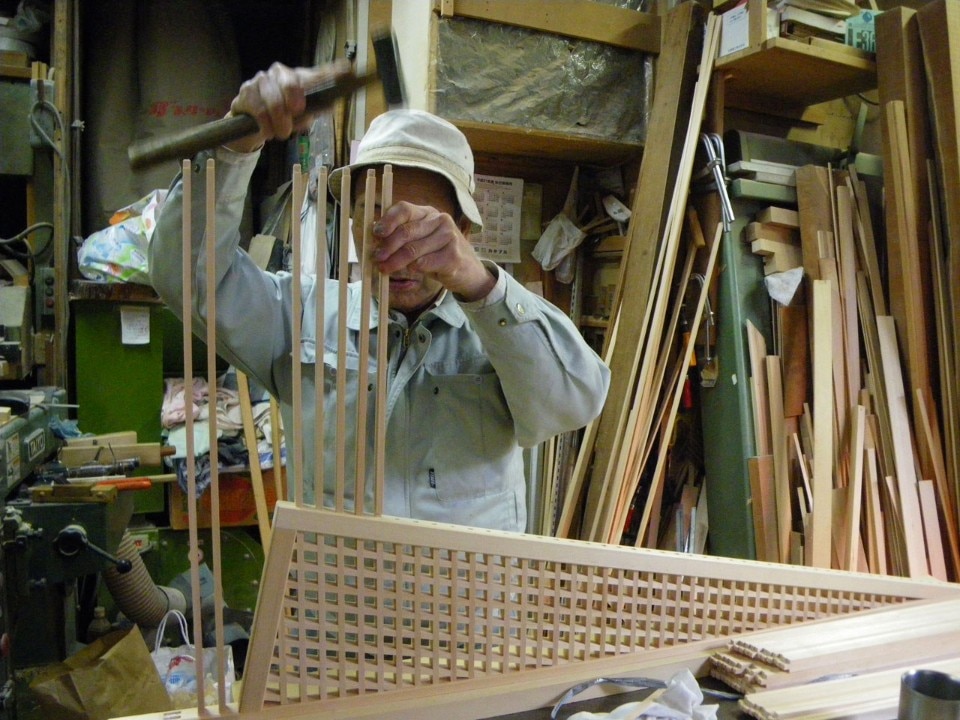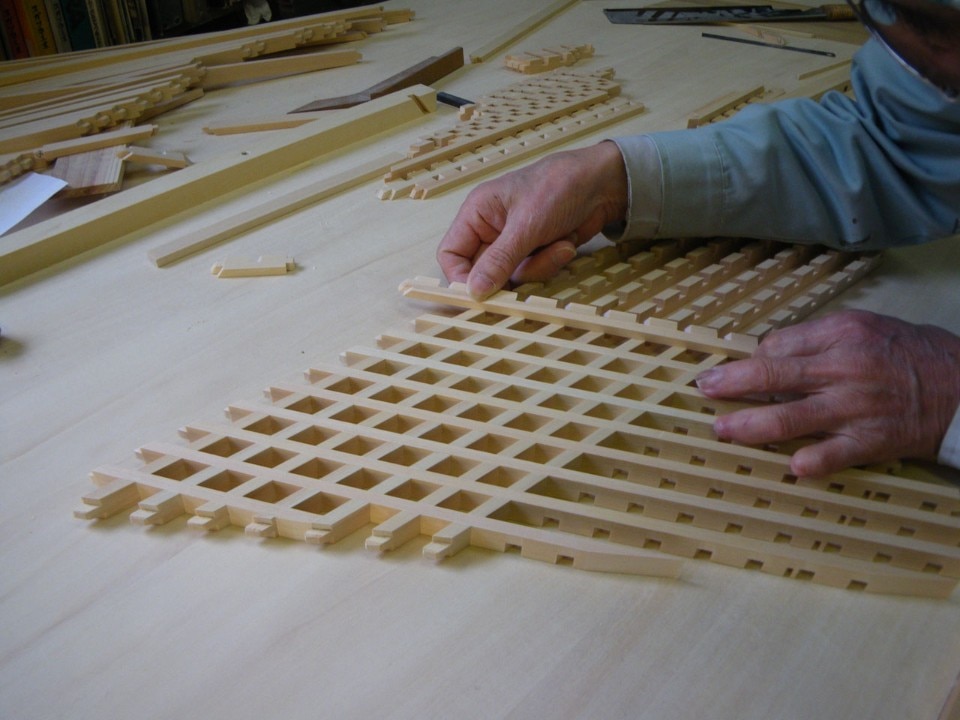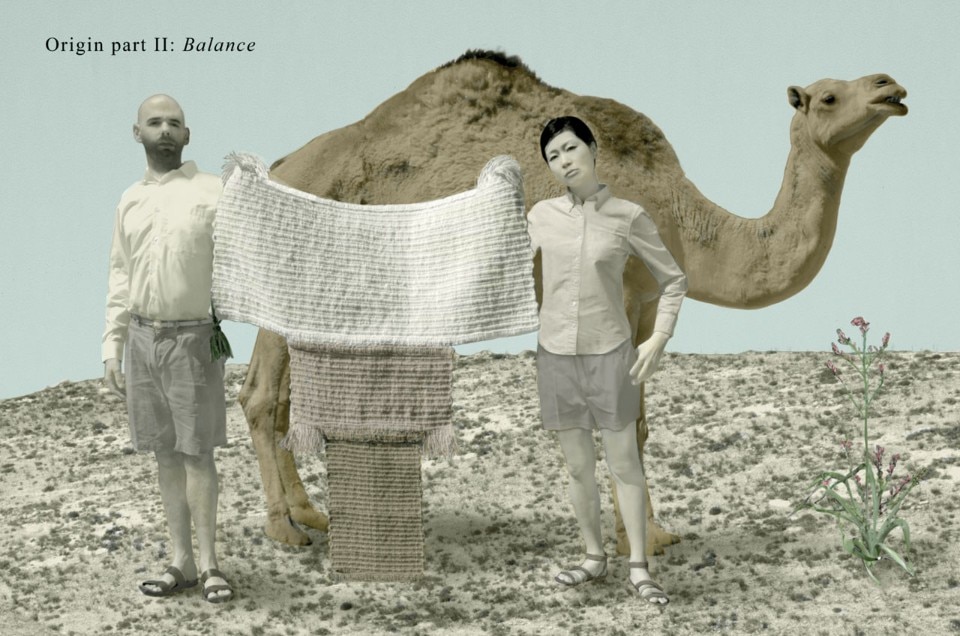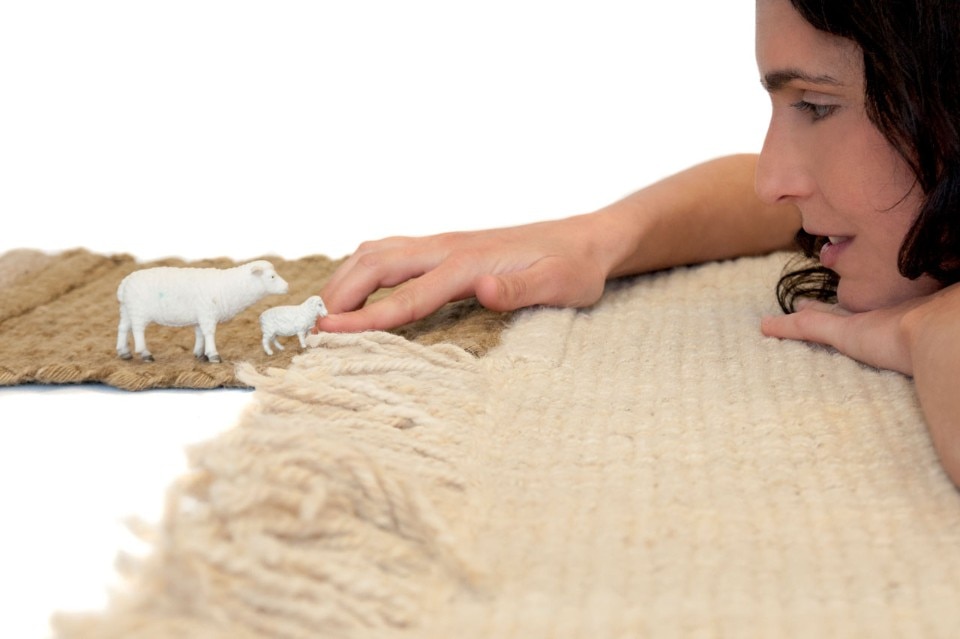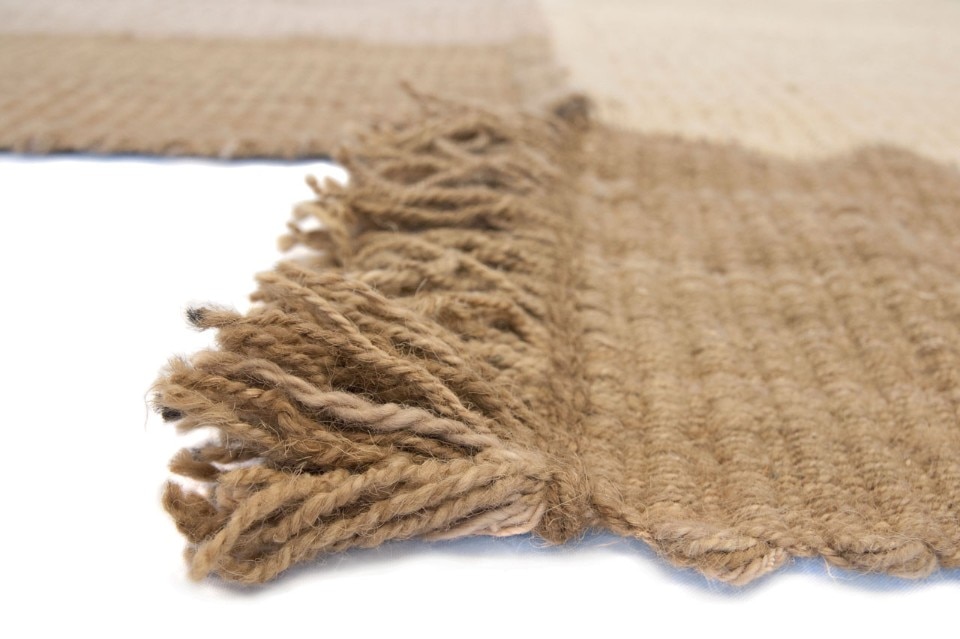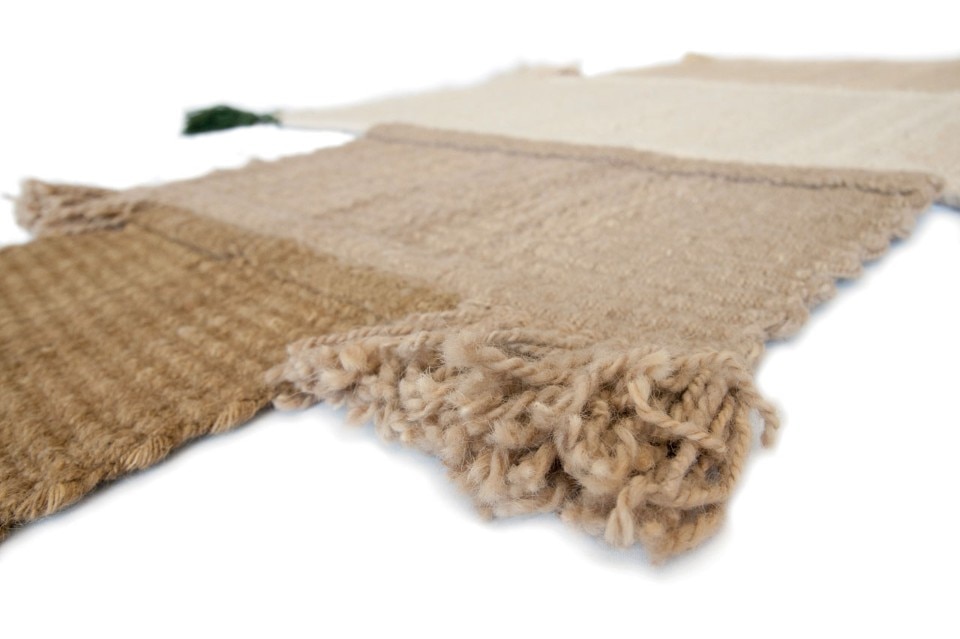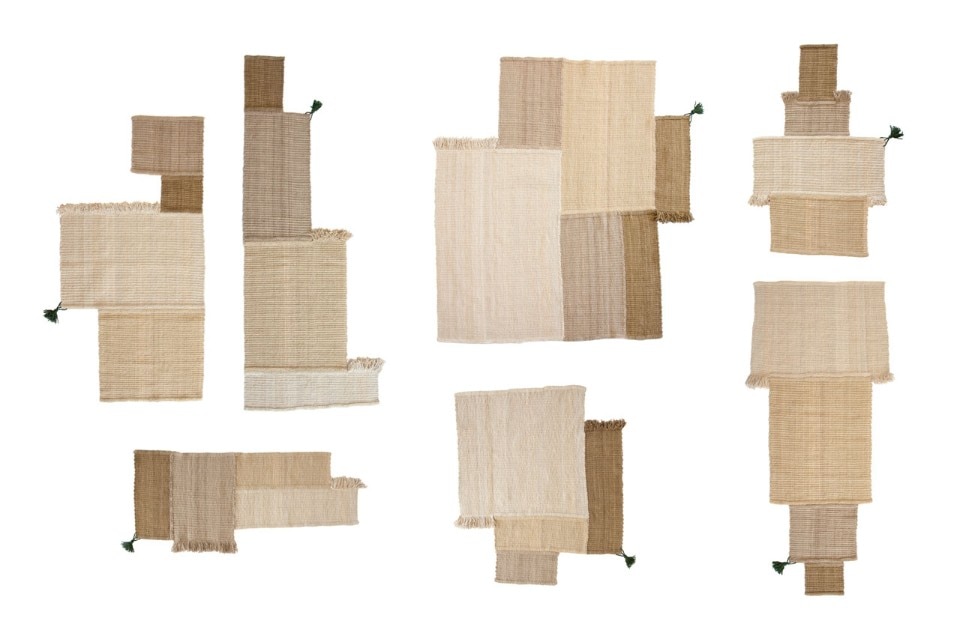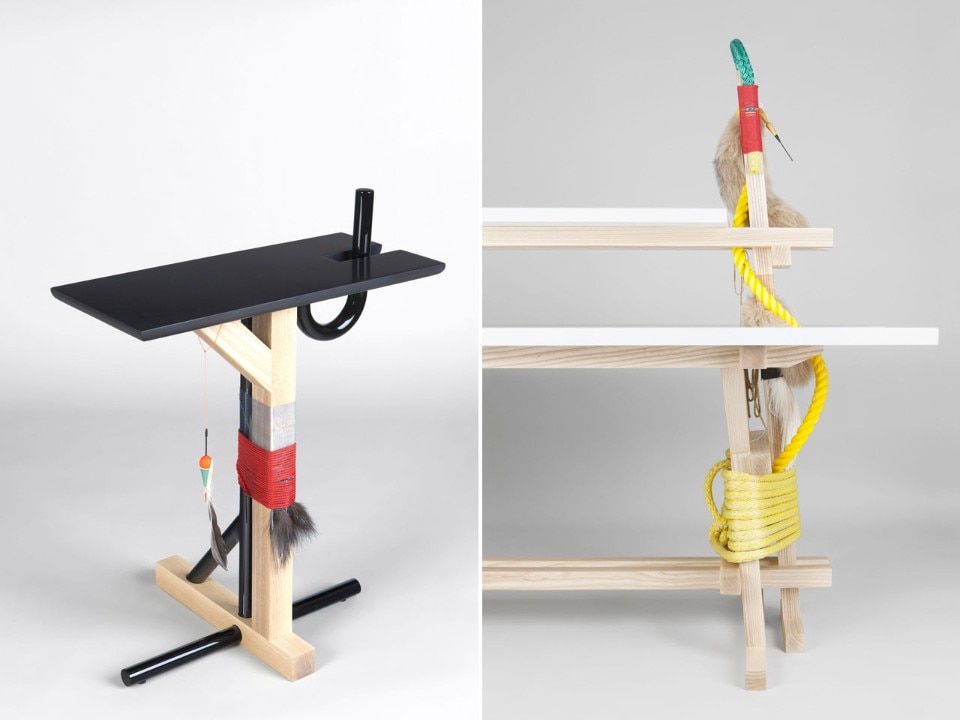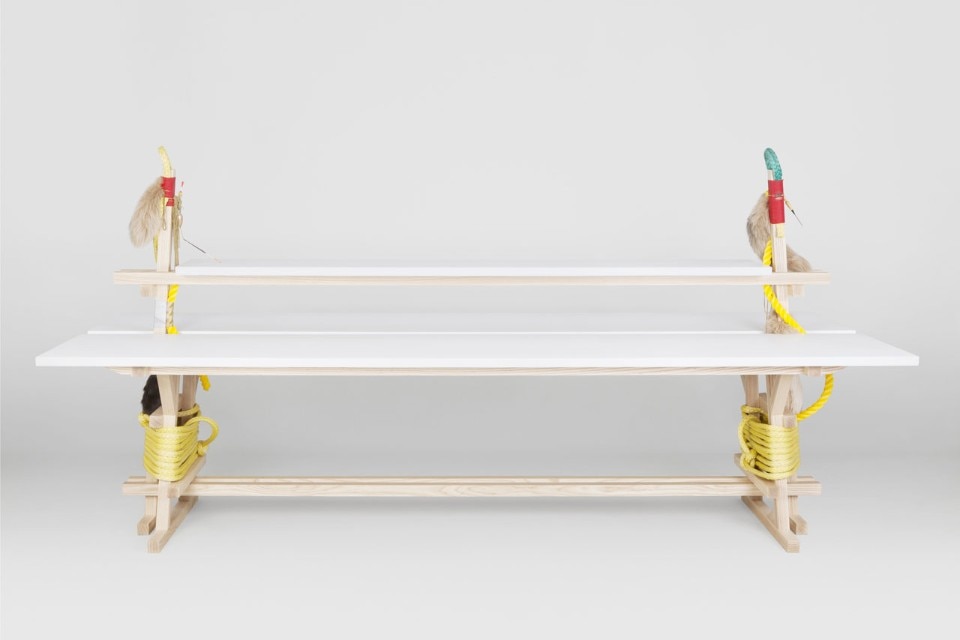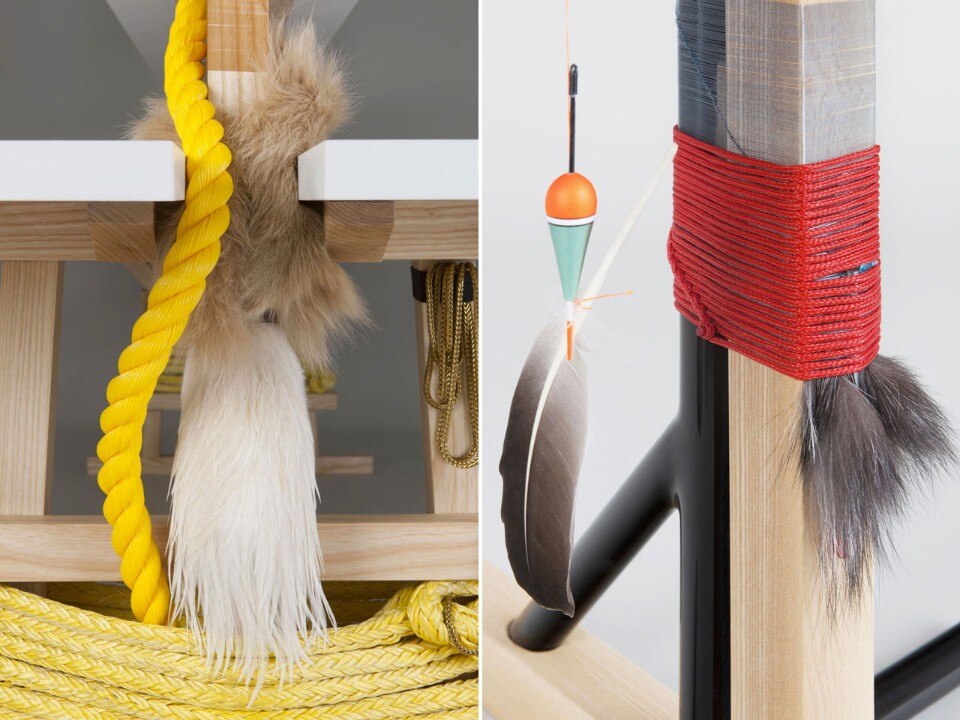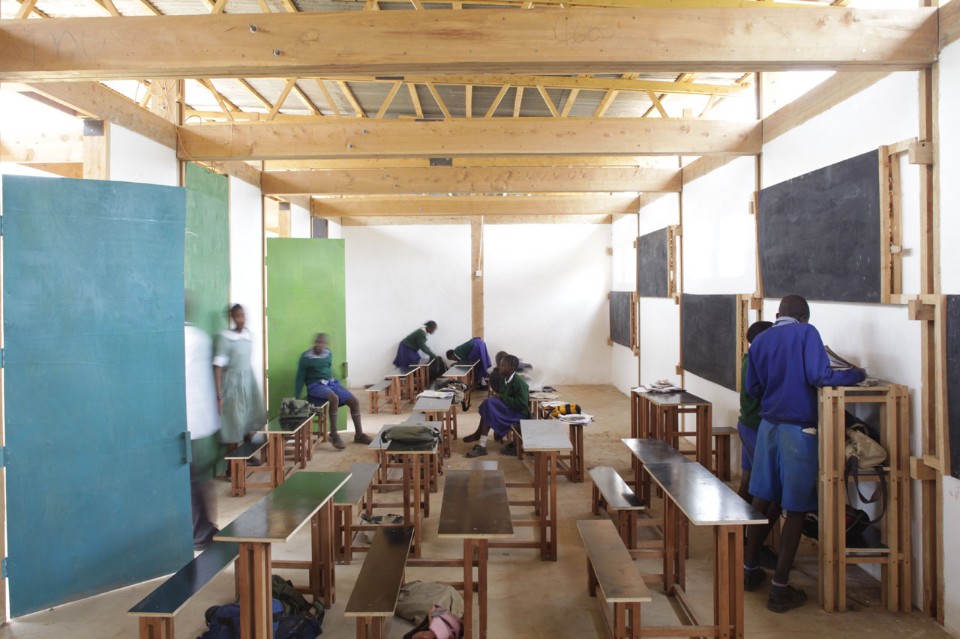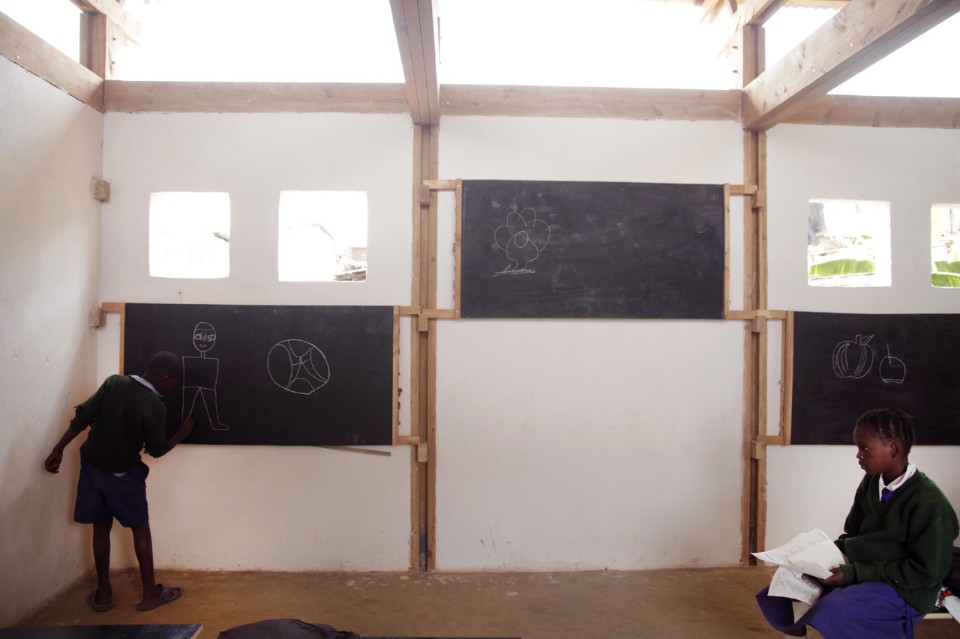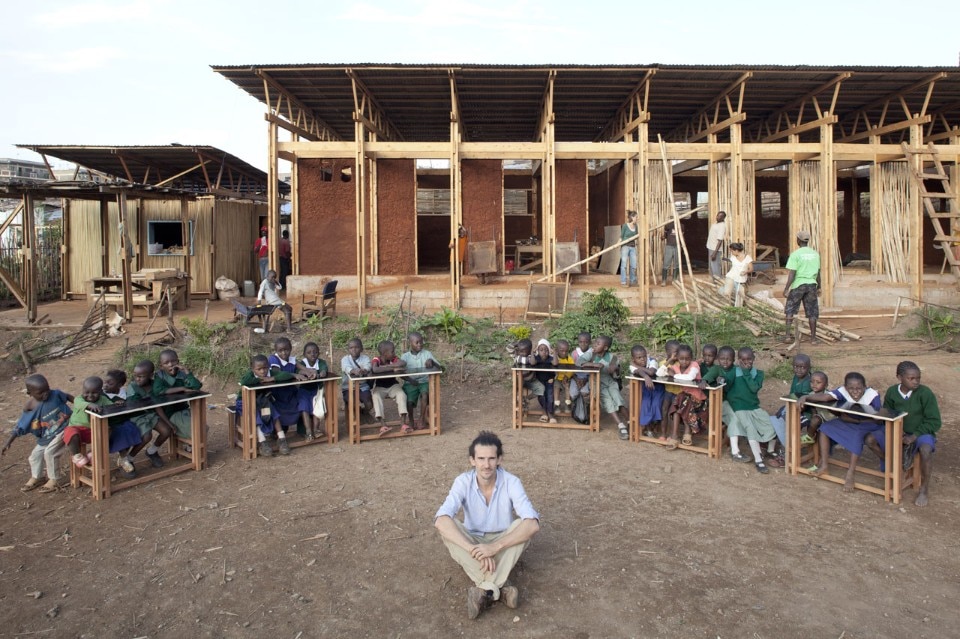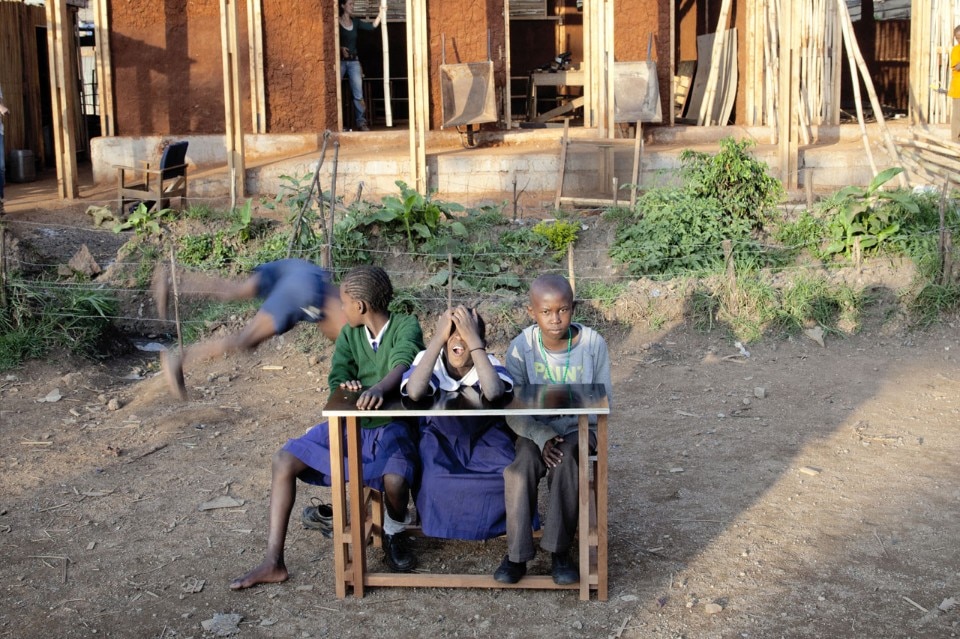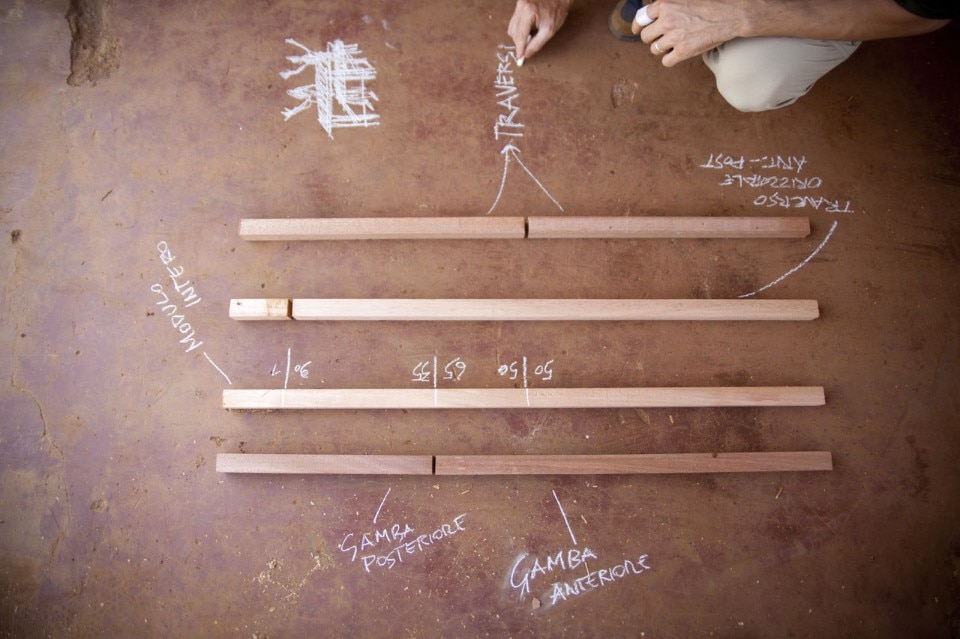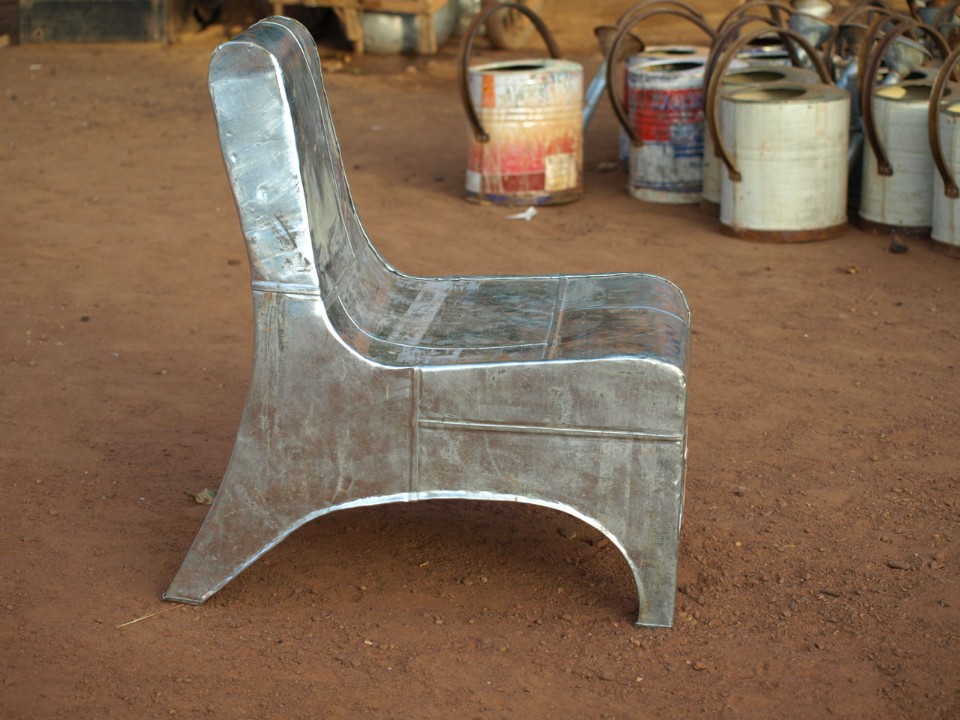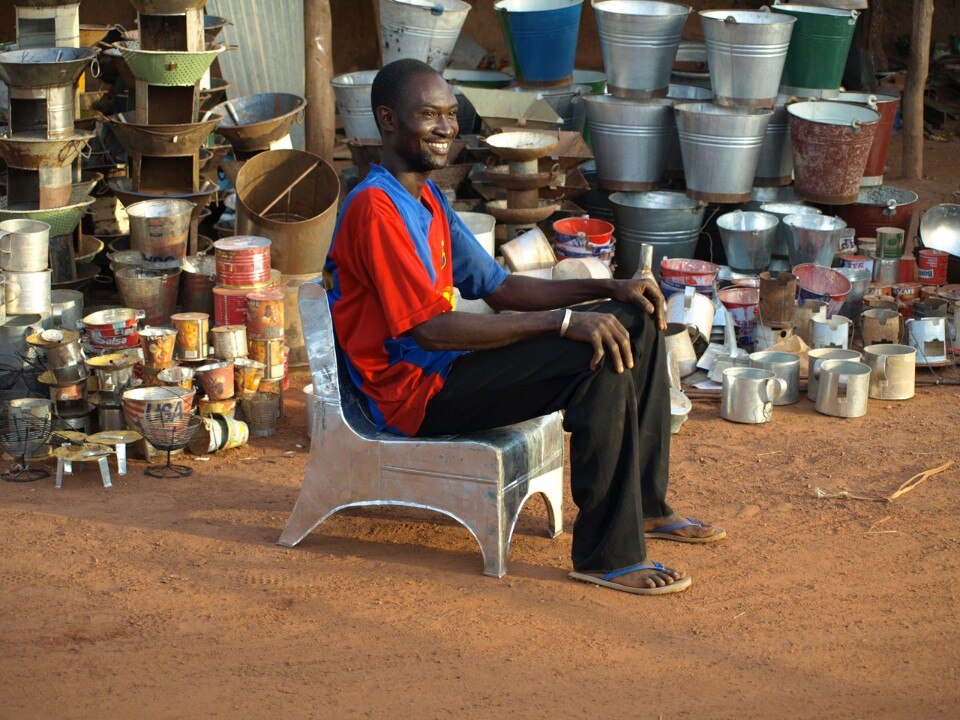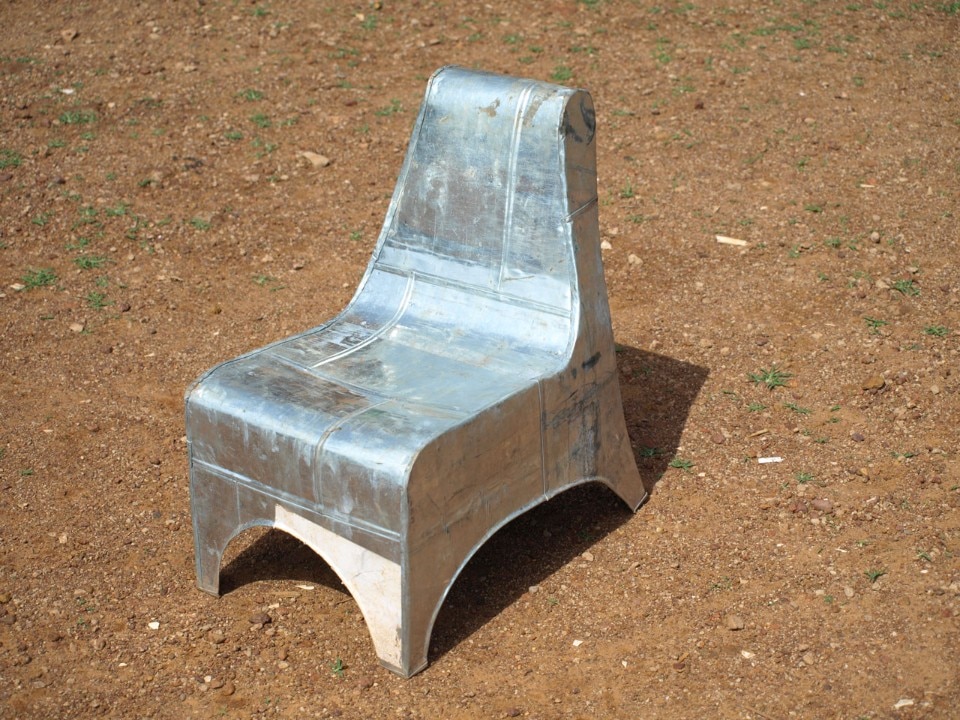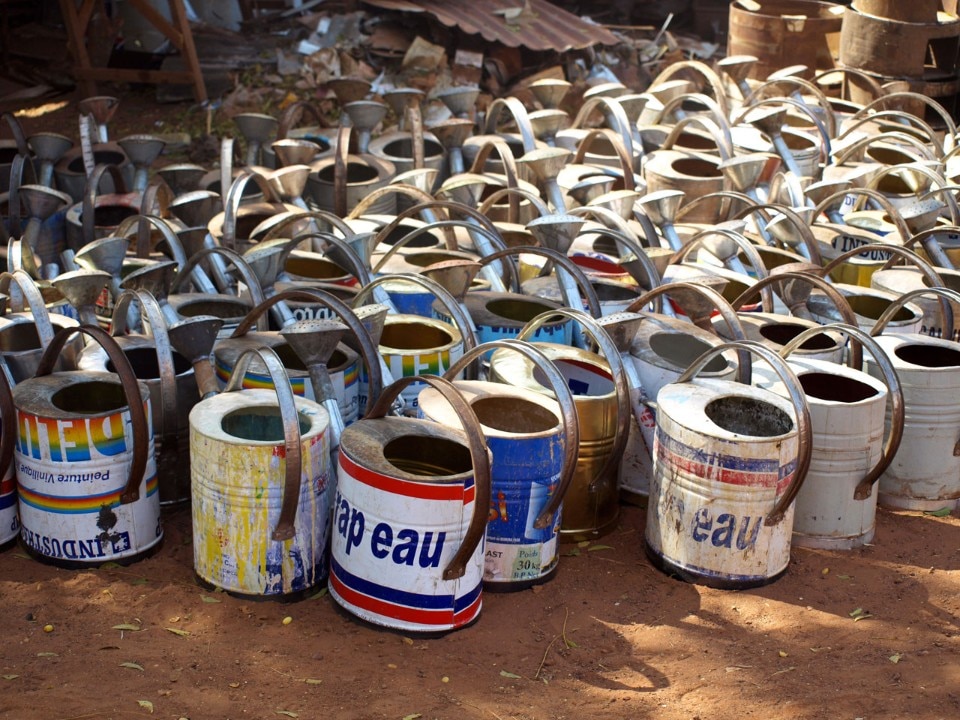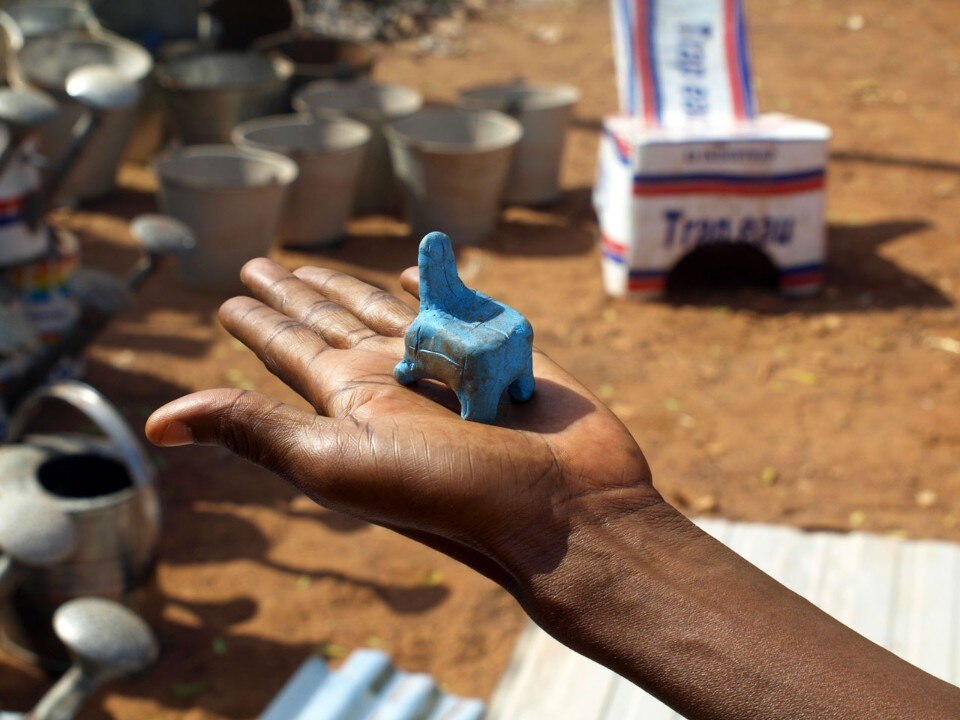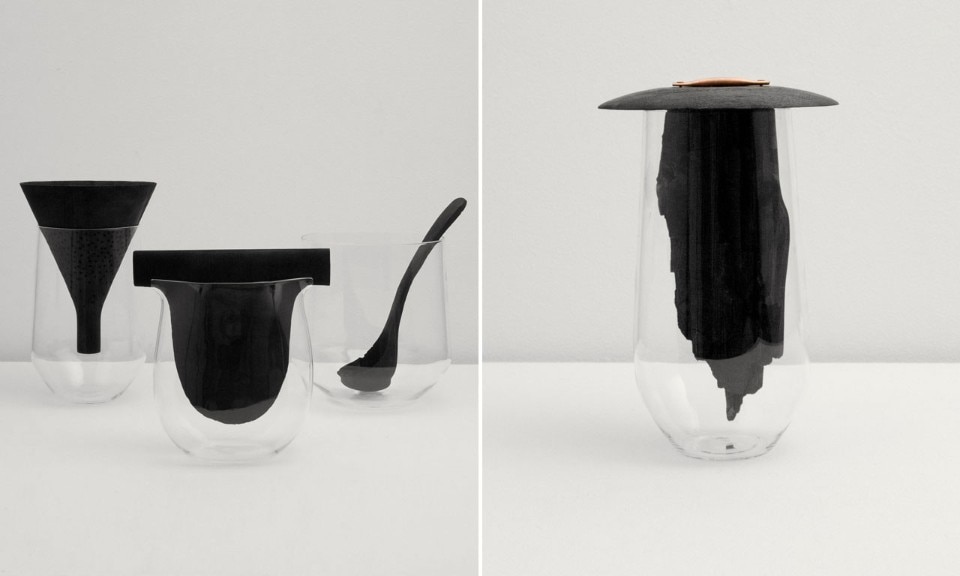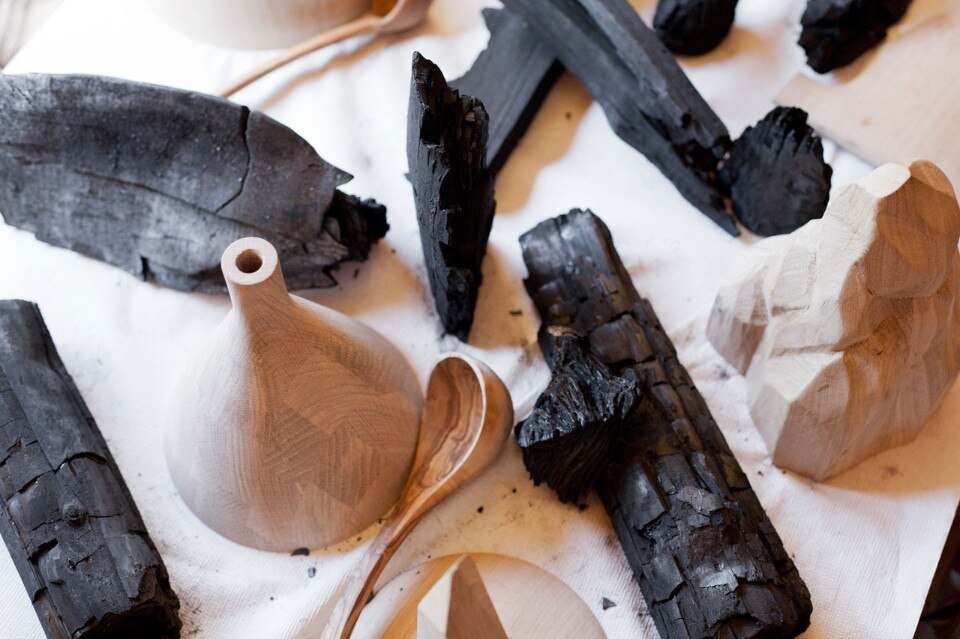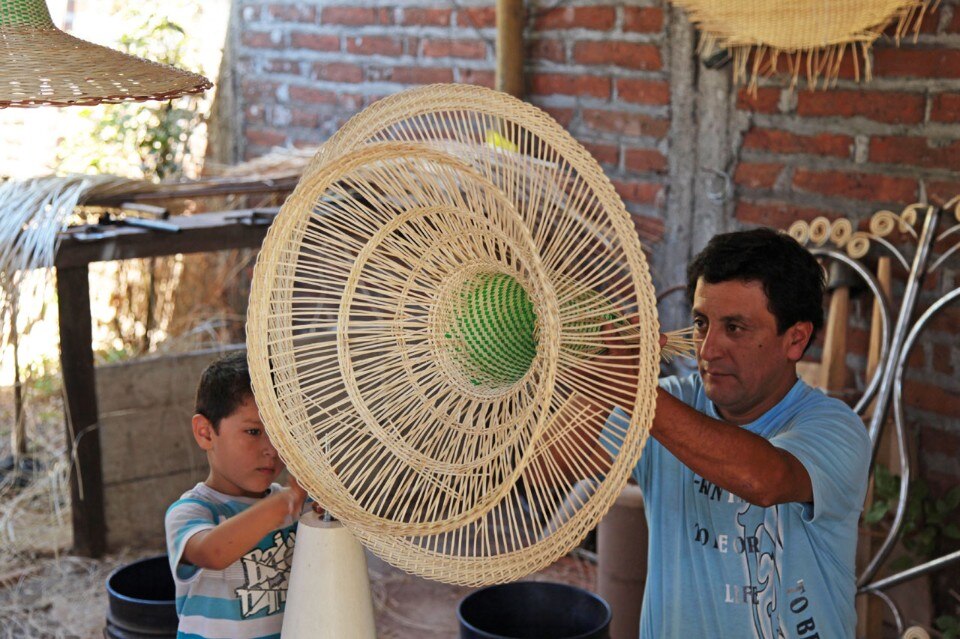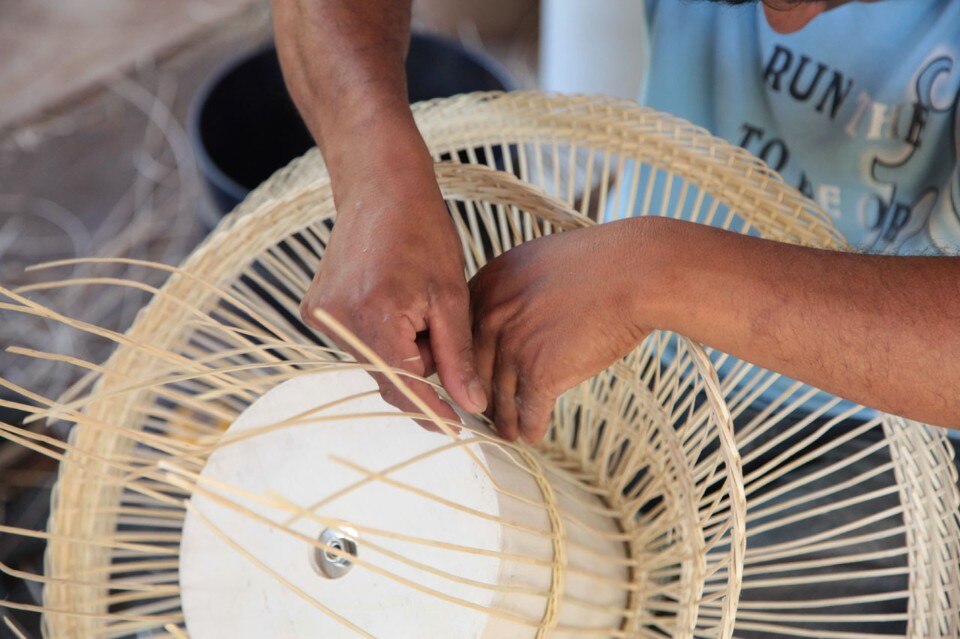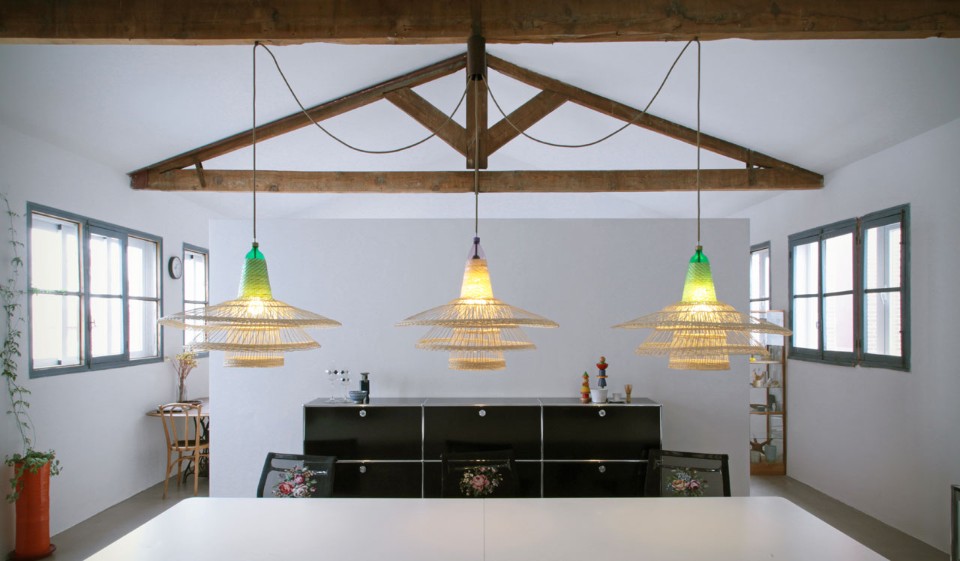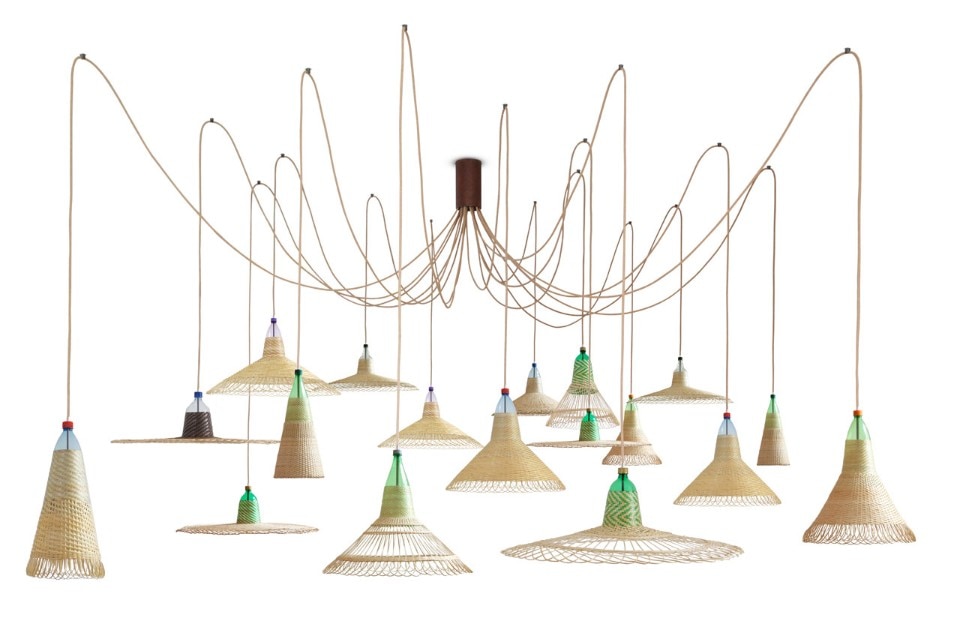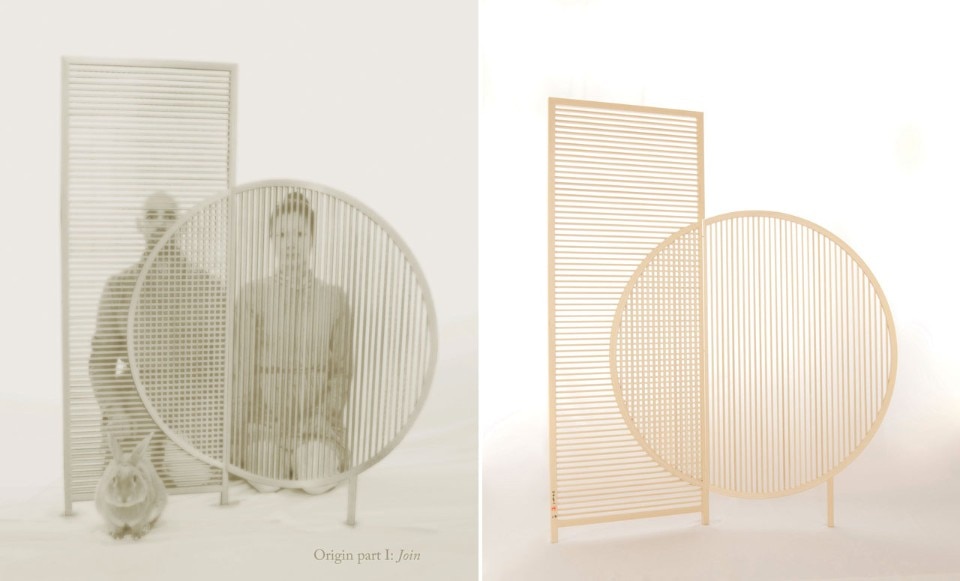
 View gallery
View gallery
Looking closely, we see that every art period has had its “primitives”. Byzantine icons, the slender elongated figures of the Italian Duecento, Gauguin’s Tahitian women, Picasso’s Black period or Modigliani’s Aegean sculpture – the love of the primitives keeps returning. In short, we could say the theme covers an intellectualistic tendency to stand out from the crowd and the wish to impose a vision that is independent of the official accreditations of artistic historiography. It is no chance that the extremely sophisticated Stoclet family did not choose contemporary artists to hang on the walls of their mansion-shrine in Brussels – the summa of the Secession skills of Joseph Hoffmann and company – but their exclusive collection of late-Gothic icons and miniatures, sourced the world over. However, the focus on the primitives also discloses a genuine passion for the idea of the primeval, the uncorrupted and the archetypal. This is perhaps what has most appealed to many artists over time.
Design has also had, and still seems to pursue, an interest in the primitives, such that the spread of this focus cannot in itself be classed under the strict definition of industrial or art design, going instead in the direction of totally legitimate cognitive exploration.
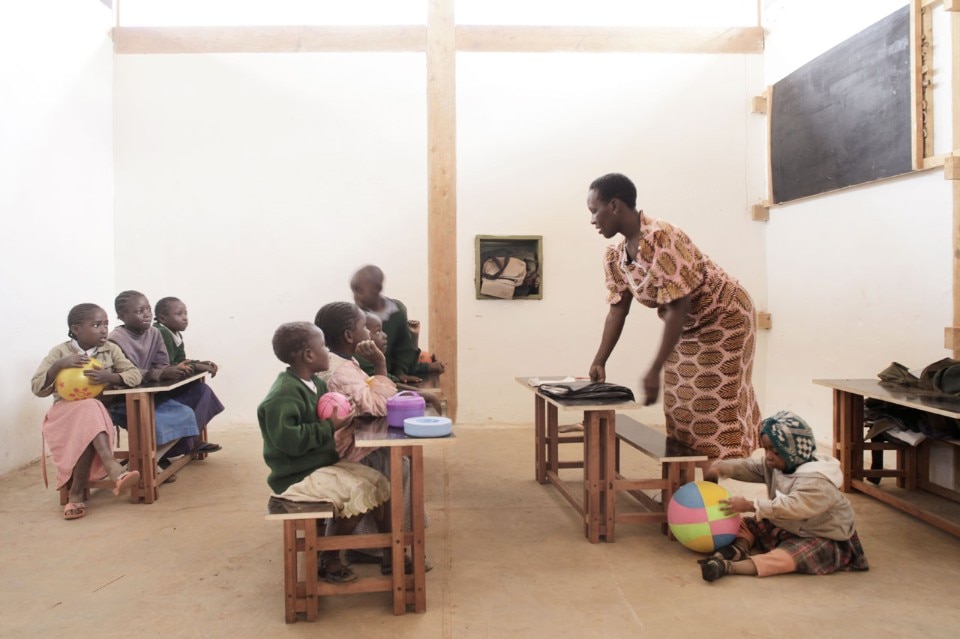
 View gallery
View gallery
The frequent cultural crossovers seem driven by the analogous search for a modus operandi that goes not necessarily against industry but more specifically beyond industry. Not surprisingly, this research is often conducted by up-an-coming designers who see this area as a way to start creating collections fuelled by cultural exchange, as if they were major operations by travellers/researchers. There is also the case of designers who are habitués of or familiar with the industry of big numbers but that draw the lifeblood of design practice from crossovers, true training grounds of the mind and hands-on production.
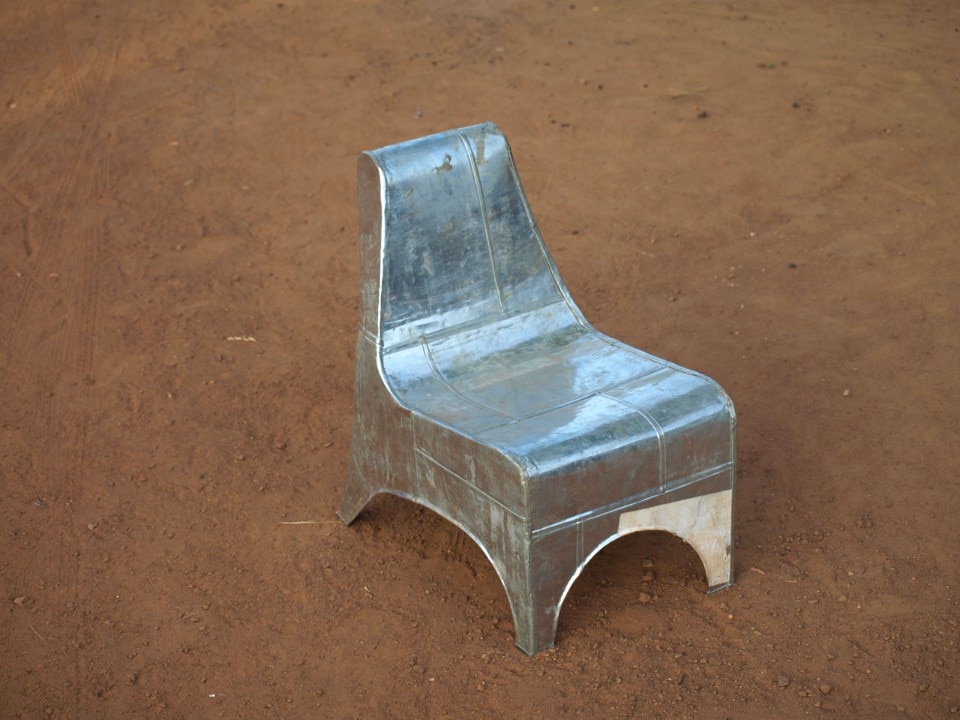
 View gallery
View gallery
Many examples of cultural crossover are found in the first group. Between 2010 and 2013, the Japanese-Dutch cooperative BCXSY produced the Origin I, II, III & IV collections, inspired by as many types and exchanges with craftspeople met all over the world: table pieces inspired by the Meithal Mara fishing community in Ireland; textiles by Bedouin women in Israel; screens by a Japanese master carpenter; and objects produced in collaboration with a no-profit company of Japanese Ibuki craftsmen.
A few years earlier, in 2009-2010, Max Lamb worked on his China Granite Projects I & II with local granite quarries and master stone-cutters in the Chinese province of Fujian. All the results feature an almost brutal aesthetic far removed from the perfection and gloss of mass production.
Almost precarious and unstable are the objects in Brynjar Sigurðarson’s The Silent Village Collection, for the creation of which the designer spent four weeks in a north-eastern Icelandic village surrounded by ice and silence. His only companion, a 70-year-old shark fisherman, taught him to weave with a hook and fishing line. These furnishings, seemingly assembled more by accident than design, travelled from the most total absence of comforts to the Galerie Kreo in Paris, a true shrine of the noblest contemporary design collecting, the visitors to which live anything but precarious and improvised lives. This, too, is a point in favour of the theory that primitivism is a taste and concept – a specific choice and by no means driven by necessity.
As we were saying, even designers accustomed to working for large industry draw fascinating research ideas from the exchange with the world of the primitives. In 2009, The Nature Conservancy launched the Design for a Living World programme in association with the Cooper Hewitt Museum in New York. The idea was to bring together great names in the world of art and design and local crafts that are dying out. The participants include a design-star, Holland’s Hella Jongerius, who moved to the Maya Forest in Mexico for several weeks, where she discovered the processing of natural rubber, the same long used to produce chewing gum. The result was a collection of vases in which the rubber is turned into a new decorative material, very different from the refined purity of the Dutch porcelain but with the power to evoke cultures in which the product is the result of a process strongly linked to group ritual and sharing.
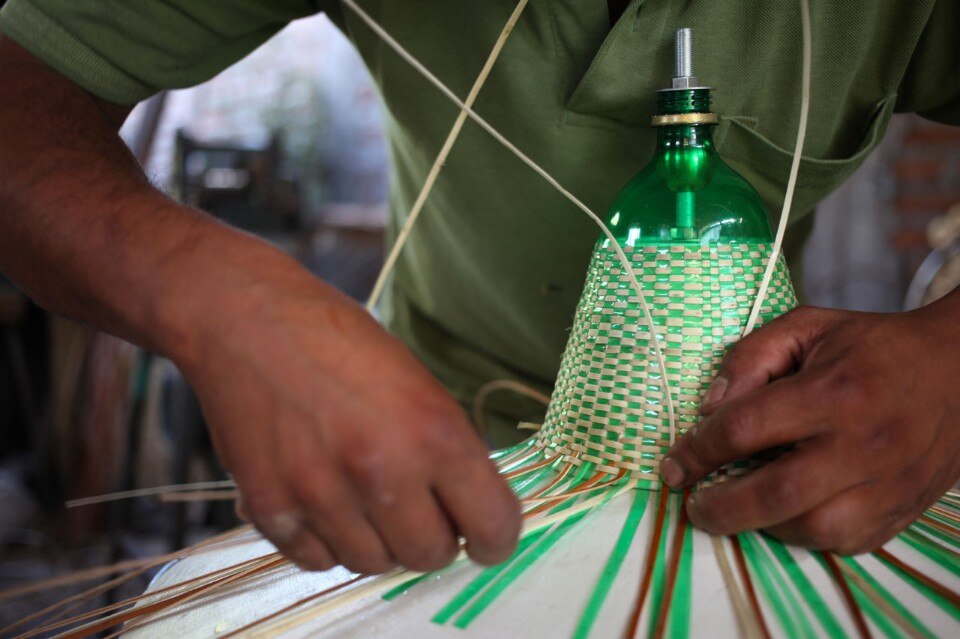
 View gallery
View gallery
The salvaging trend based on materials and components sourced in non-industrialised zones seems to fall quite legitimately in line with today’s love of the primitives. Many designers have experimented with this design practice, one of the many being Francesco Faccin, who not only designed the furnishings for a Kenyan school drawing on local labour and materials – and leaving behind a design method along with the products – but also brought back an incredible collection of objects resulting from a production parallel to that of Western industry. Revolving around scrap and second-hand components coded into new commodity types, they are extremely valuable for the local market. This cultural-crossover experience likely prompted Faccin’s design of the Re-Fire kit on his return to Italy. Much-published in the specialist and mainstream press alike, a year after its presentation it is a great success, with a sold-out limited edition. This product ticks all the boxes required to become a primitive icon of contemporary taste. It is the epitome of anti-technology, a provocative manifesto of going back to the beginnings. More symbolic than useful, it returns us to the gestural expression of the ritual at a time when all seems passively automated. It also makes us reflect on the point reached by our highly civilised society, introducing a touch of contentious nostalgia into the desire to begin all over again, i.e. from contemporary primitivism.


